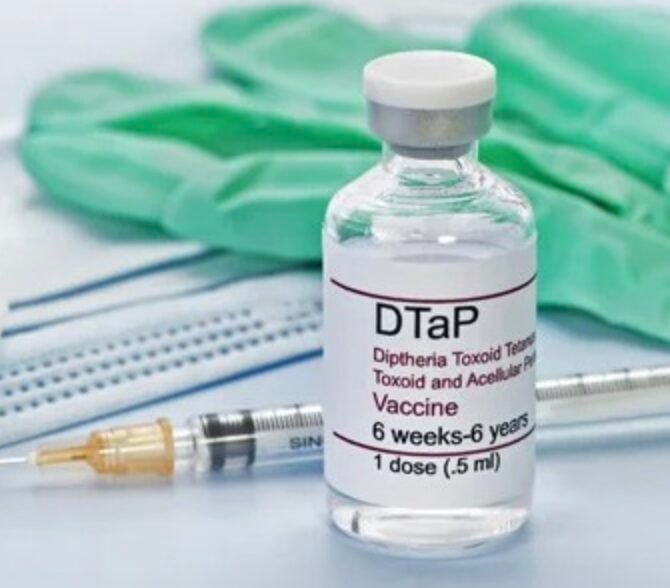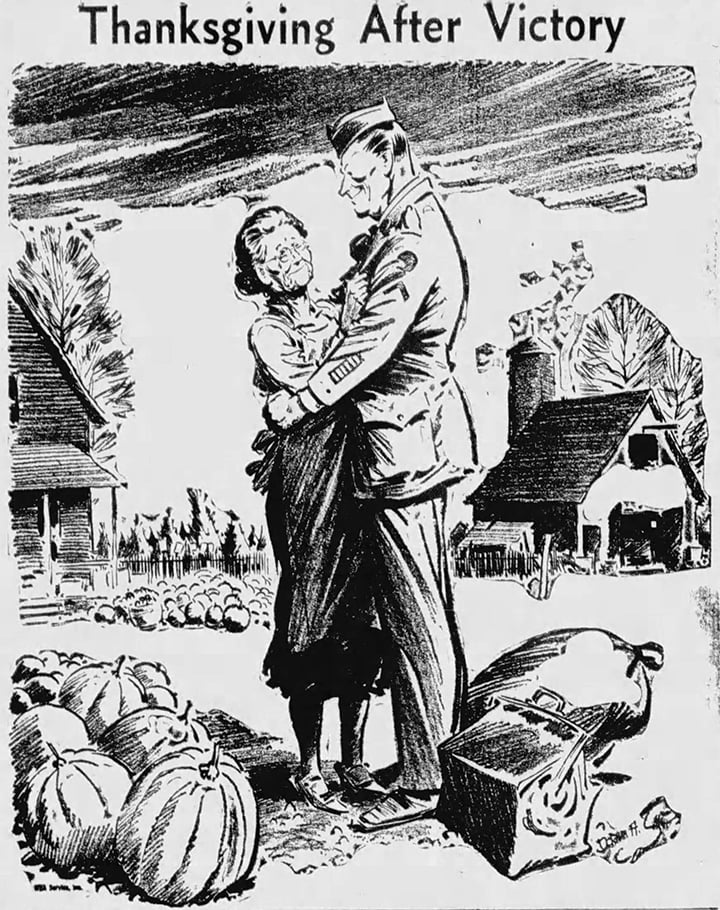
Kentucky overdose deaths increased in 2014, according to a report issued today by the Office of Drug Control Policy. What’s more, Campbell, Kenton and Boone were among eight counties with the highest rates of overdose deaths in the state.
The report indicates 1,087 overdose fatalities in 2014, compared to 1,010 identified in the 2013 report. Of the 795 deaths autopsied by the Kentucky Medical Examiner last year that were determined to be from a drug overdose, 233, or 29.5 percent, were attributed to heroin, compared to 230, or 31.9 percent, in 2013.
The total rise in overdose deaths, after leveling off last year, indicates the persistent challenge of reining in substance use and abuse, officials said. Meanwhile, the number of deaths attributed to the use of heroin stayed relatively constant from 2013 to 2014, according to the report.
“I am discouraged that overdose deaths increased in 2014 over 2013, and I think this demonstrates the pervasive grip and cyclical nature of addiction,” said Van Ingram, executive director of the Office of Drug Control Policy. “Fortunately, we’ve recently put in place some changes that we hope will bring the number of deaths back down in 2015, including the expanded increase to naloxone and Good Samaritan provisions contained in Senate Bill 192. Meanwhile, there was not an increase in the prevalence of heroin in 2014, and I am pleased about that.”
The numbers, contained in the 2014 Overdose Fatality Report, were compiled from the Kentucky Medical Examiner’s Office, the Kentucky Injury Prevention & Research Council and the Kentucky Office of Vital Statistics. The report was mandated under a provision in House Bill 1, which was passed in 2012.
The law also mandated more stringent reporting requirements for deaths caused by overdose, which went into effect midway through 2012. Ingram noted that a heightened awareness of those requirements may have contributed to the increase in deaths reported.
Ingram said that the report contains known overdose deaths as of mid-July 2015, and that a small number of overdose deaths for 2014 may still be reported as death certificates from county coroners are turned in to the Office of Vital Statistics.
Among other significant findings in the report:
‣ Jefferson County had the most overdose deaths of any county, with 204 (up 12 from 2013).
‣ The largest increase in overdose fatalities occurred in Fayette County, up 26 with 112 deaths in 2014, compared to 86 in 2013. Boone County reported 12 additional overdose deaths, while Campbell and Madison counties were up 11 each in 2014.
‣ The largest decrease occurred in Bell County, with 15 fewer fatalities in 2014 than in 2013 (11 versus 26, respectively). Other counties with significant declines in 2014 included Davies (14 fewer), Hopkins (12 fewer) and Harlan (6 fewer).
‣ Overdose deaths in some Kentucky counties, when compared by 100,000 population 2014 data, showed high rates. The top eight counties by overdose deaths per 100,000 people for 2014 were:
1. Floyd County – 55.1 per 100,000
2. Pike County – 50.8 per 100,000
3. Campbell County – 47.9 per 100,000
4. Kenton County – 43.3 per 100,000
5. Boone County – 38.0 per 100,000
6. McCracken County – 30.6 per 100,000
7. Bullitt County – 28.2 per 100,000
8. Madison County – 26.3 per 100,000
‣ The top five counties for heroin detected in overdose deaths, using data from the Kentucky Medical Examiner and coroner reports include:
1. Jefferson 105
2. Fayette 35
3. Kenton 26
4. Campbell 15
5. Boone 14
A review of cases autopsied by the Kentucky Medical Examiner’s Office indicates that in 2014:
‣ The vast majority of overdose deaths were the result of polysubstance toxicity, meaning victims had multiple drugs in their system.
‣ Morphine was the most detected controlled substance in overdose deaths, present in 40.88 percent of all autopsied cases.
‣ Cannabinoids was next at 35.72 percent, followed by 6 monoacetylmorphine (heroin) at 28.81 percent, Ethanol 28.18 percent, Alprazolam 26.79 percent, hydrocodone at 21.01 percent, and oxycodone at 19.12 percent.
Dr. Tracey Corey, Kentucky’s chief medical examiner, noted that many of the cases reported as morphine may in fact involve heroin, as morphine is the major pharmaceutical substance detected in the blood after injection of heroin, and the other substances present in the blood indicating heroin use may have already been eliminated at the time of death. But she also cautioned that some of those cases may involve only morphine, rather than heroin, so conclusions should be drawn with care.
Corey further cautioned that the data would need comparison to other data such as overall population numbers, to know if the changes from 2013 to 2014 are statistically significant.
“With statistics and numbers, the devil is in the details. What we can definitely say is that we need to continue to devote significant resources and energy to help curb the tragic and untimely deaths of so many Kentuckians.”
The youngest overdose fatality was an infant, less than a year old, and the oldest was 80 years old.
To view the full report, click here.
From Office of Drug Control Policy





















